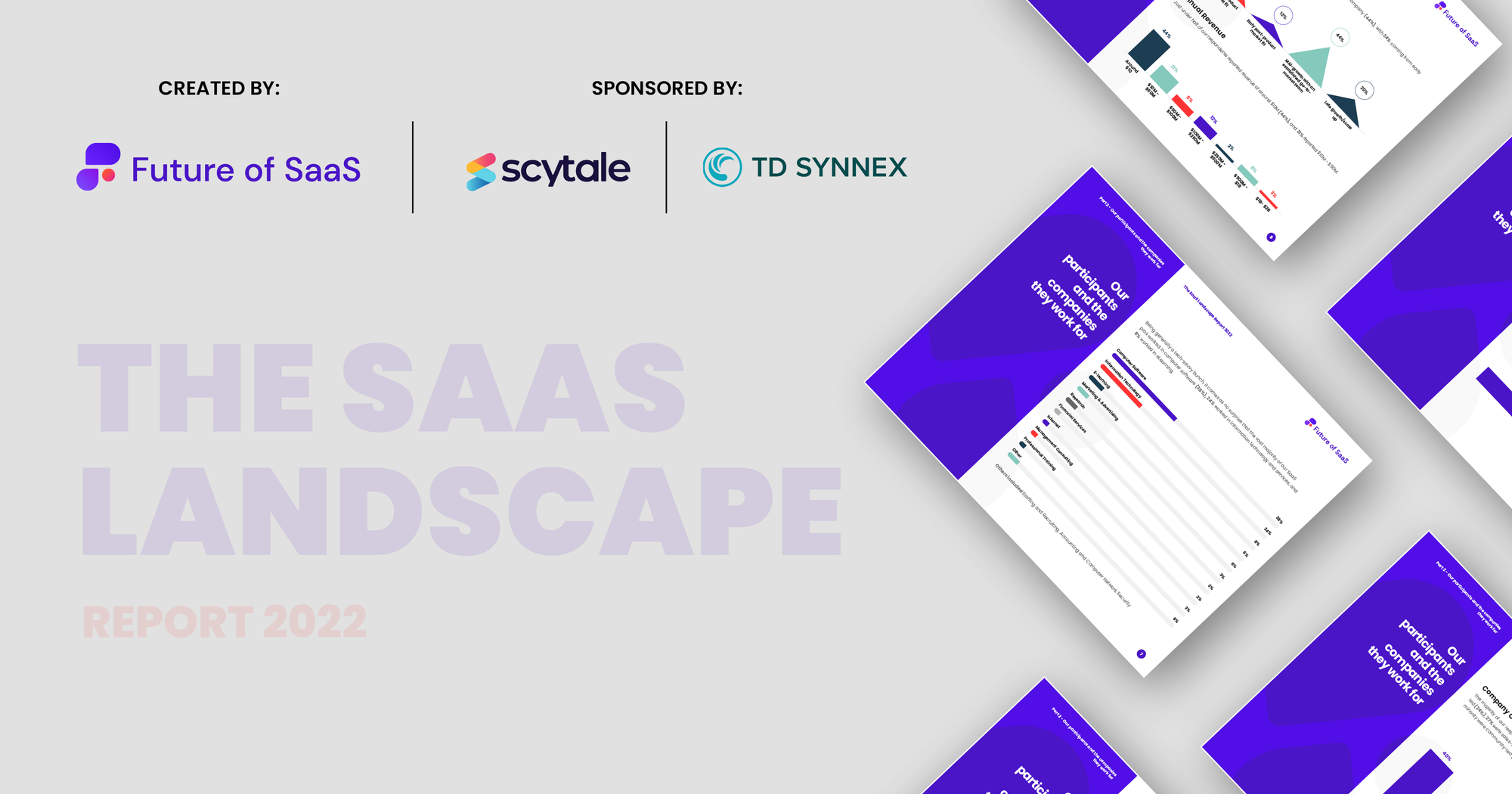In Future of SaaS’s recent SaaS Landscape Report, we wanted to find out how Saas professionals think their C-suite is doing in relation to the gender divide, ethnicity, and socio-economic background.
The good news is, it seems there’s steady improvement in diversity at the highest levels, but there’s still much work to be done. It’s difficult to integrate diversity into a company as a whole when those responsible for driving change are not diverse themselves.
The results were startling:
Only 24% of our respondents thought that their org was doing enough for DE&I.
But how do we implement change? For that you need strategies. Luckily, we’ve compiled a few of them here.
Unconscious bias training
Most SaaS companies know that change is necessary, and that action is needed to make it happen. But even with the best intentions, prejudices can be deeply ingrained and can impact behavior in subtle ways. Unconscious bias training can help us to get to the root of discriminatory behavior.
Hiring DE&I leaders
In a busy SaaS org, where the primary focus is growth and revenue, it can be difficult to stay focused on DE&I as a priority. A diversity and inclusion officer can ensure that DE&I stays top of mind across all departments.
Along with ensuring diverse hiring and recruiting processes, a DE&I officer will also ensure that demographics across the org feel sufficiently represented, potentially cutting down on your employee churn rate.

Working with DE&I orgs
Various organizations are dedicated to enabling diversity within tech and SaaS. The D&I Index by HR Datahub allows organizations to place a score on their DE&I efforts, based on real data, and identify aspects of their strategy that need a boost.
There are also agencies dedicated to hiring talented individuals of minority demographics to SaaS orgs. Such partnerships can make it easier to diversify your teams.
Leaders are visible allies
The C-suite sets the tone by articulating the importance of DE&I across the organization and isn’t afraid to have candid conversations to elicit actionable insights.
DE&I is central to the company culture, and diversity and inclusion are linked to the organization’s mission. It’s all about leaders leading with their actions rather than their words, and of course, leading by an inclusive example.
DE&I is a priority
The C-suite must prioritize DE&I with funding, so they have the chance to gain traction. Not only is DE&I a priority in the workplace, but it’s also a priority when building products.
The important takeaway here is that DE&I should never just be something that’s purely ornamental to your business, it's baked into the core of what you do, and it’s taken into consideration at every step of your product-building process.
Leaders are proactive & empathetic
A successful initiative requires empathy. Training should be proactive and not just rolled out in response to a D&I failure.
What does this look like? Well, for starters, you can make inclusivity a necessity in the onboarding process for your new hires, as important as training others in the use of your essential tech stack, or in customer support.
On the empathy side, this means that you're receptive to concerns as they arise, no matter how minor they might seem. You’re not just putting out fires as and when they arise.
Data is used to support initiatives and keep the organization accountable
The C-suite are looking at the data to prove or review the benefits of their strategy, by looking at what can be improved and whether they’re meeting targets. Are diverse hiring practices being supported? Are interviews inclusive? Is enough being done to support learning and development?
Ensure recruitment is inclusive
Many SaaS recruiters now use social media groups that specifically target minorities and the less advantaged. There’s Queers in Toronto, for example, and then there’s the Slack community, Black Professionals in Tech, which helps people of color support each other in finding tech roles, as well as letting allies post job openings.
Essentially, if you’re only putting your post up on your website, you’re only going to get the same people applying to it who would have applied at the beginning. So to be inclusive from the get-go, you need to make sure your job posting is somewhere where the less advantaged might see it.

Introduce a mentorship program
Mentorship is so important to equity, and it may feel like it’s a lot to take on a mentor or mentee when you’re already so busy, but we think that mentorship goes both ways.
People who mentor other more junior staff get a lot out of it too, you get the success, you get a feeling of helping someone else and their wins feel like your wins. Equity is all about lifting others up, and you can’t do that unless you have a guiding hand reaching down from the top.
Ensure the interview process is inclusive
First and foremost, you should have a bank of questions and ask those same questions.
You might have a great rapport with someone, or find some similarities that give you a biased reason for why you should hire them. You need to give everyone the equal opportunity to speak their strengths, and essentially sell themselves.
Who is in the room is also really important. If someone is interviewing at an organization and they only see cis white men in every stage of their interviews, that’s going to speak volumes about their organization.
Be intentional about who is in the room with that candidate, so that they feel like there’s someone like them in this organization, and they wouldn’t be alone.
Want to see more? Download the full report right here.


